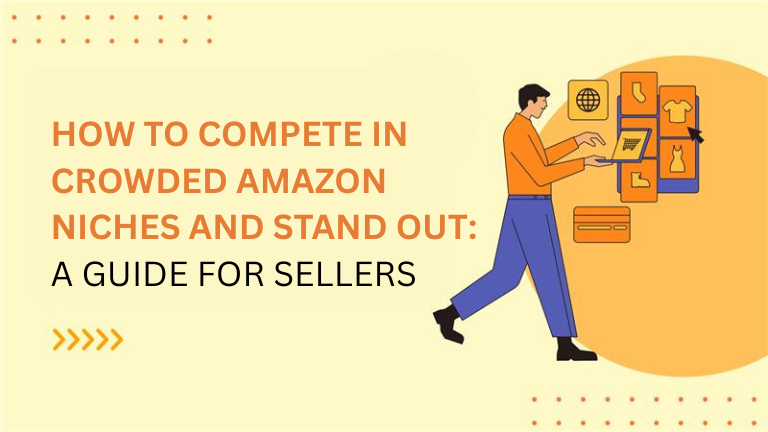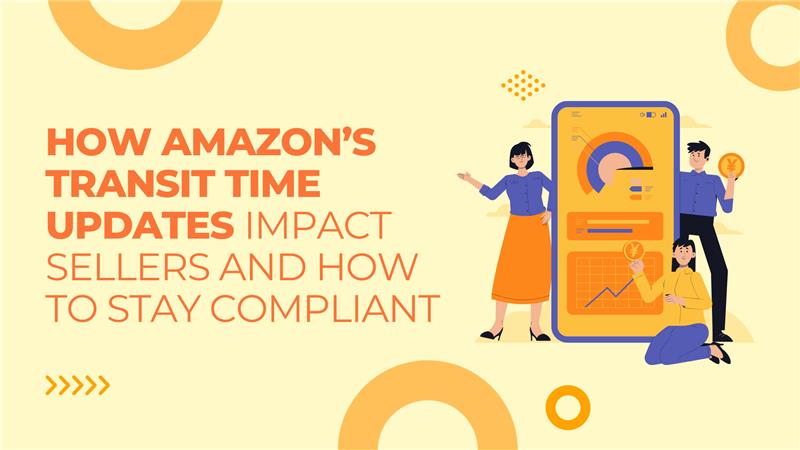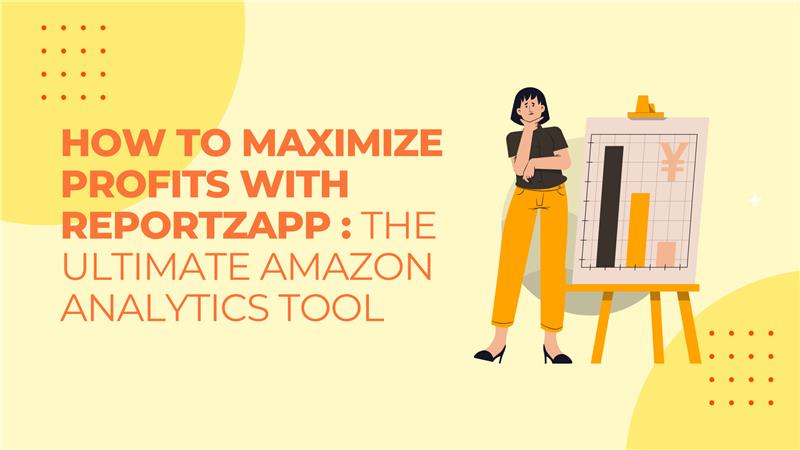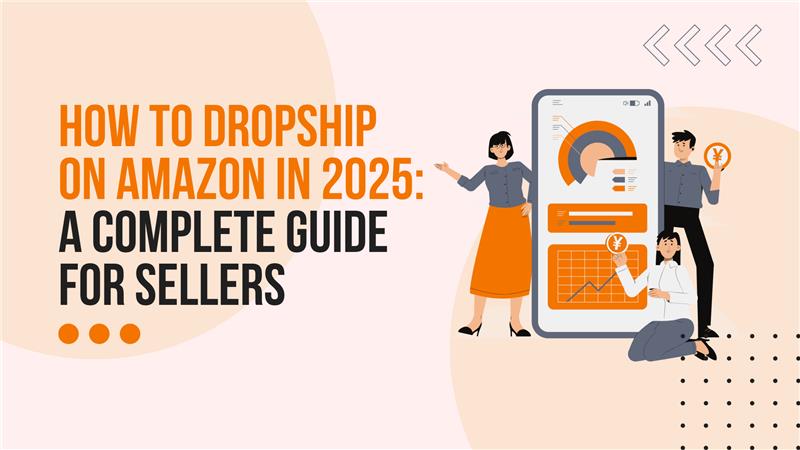How to Find Profitable Products to Sell on Amazon in 2025: A Beginner’s Guide
Selling on Amazon is an exciting opportunity, but choosing the right products to sell is crucial for success. In this guide, we’ll show you how to use Amazon’s Best Sellers Lists to find top-selling products and offer actionable strategies to boost your sales in 2025. What Are Amazon Best Sellers Lists? Amazon’s Best Sellers Lists display the most popular products in the Amazon store, based on sales volume. These lists are updated regularly, providing real-time insights into customer demand and the products that are trending. You can use these lists to identify high-demand products and uncover profitable niches for your business. 4 Strategies to Find Profitable Product Ideas Put Your Own Spin on Trending Products Find a product that’s already trending and think about how you can differentiate it. Whether it’s adding a unique feature, improving quality, or targeting a niche audience, there’s always room for improvement. Monitor Sales and Metrics To make sure your products are successful, track their performance using Amazon Seller Central. Monitor sales data, customer feedback, and performance metrics to optimize your listings and drive more sales. Get Inspired by Successful Businesses Look at successful entrepreneurs and see what kinds of products they’ve been able to scale. Whether it’s fitness equipment, fashion, or handmade products, studying success stories can help inspire your next product. Conduct Product Research Before making a decision, conduct thorough product research. Use tools like Amazon search, Product Opportunity Explorer, and Movers & Shakers to analyze demand, competition, and customer preferences. Amazon Tools to Help You Find Best-Selling Products Best Sellers Lists: Browse top products in every category to identify trends. Movers & Shakers Lists: See the biggest gainers in sales rank over the last 24 hours. Product Opportunity Explorer: Dive into detailed analytics to identify customer behavior, reviews, and product seasonality. By leveraging Amazon’s Best Sellers Lists and tools like Product Opportunity Explorer, you can identify profitable products and launch a successful Amazon business in 2025. Whether you’re a beginner or looking to expand your product offerings, these resources will guide your way. Need help finding the right product for your Amazon business? At Big Internet Ecommerce, we specialize in helping Amazon sellers optimize their product strategies for growth. Book a consultation today to get started! Follow BIE on Instagram & Linkedin to stay updated with the trends.
How to Find Profitable Products to Sell on Amazon in 2025: A Beginner’s Guide Read More »











